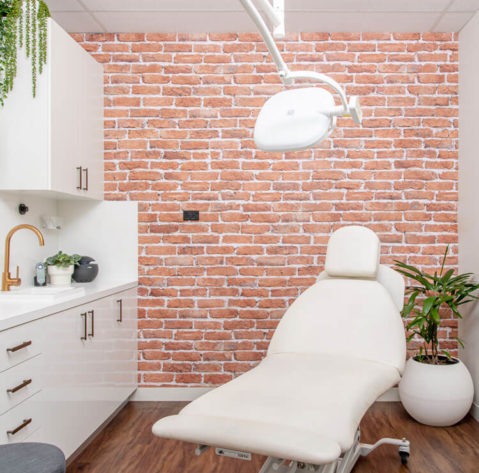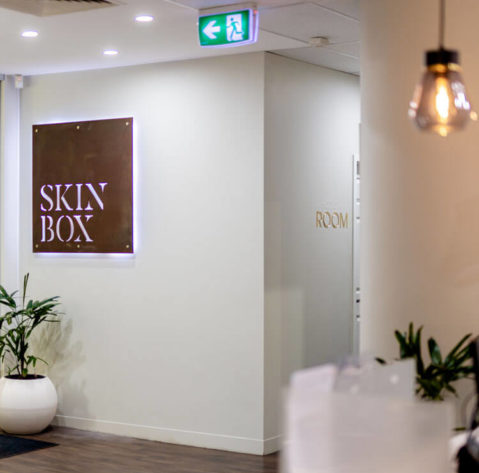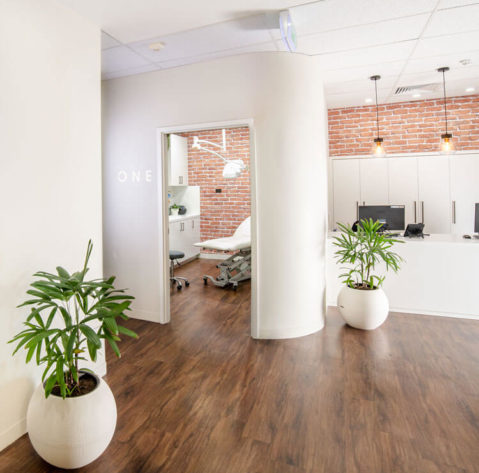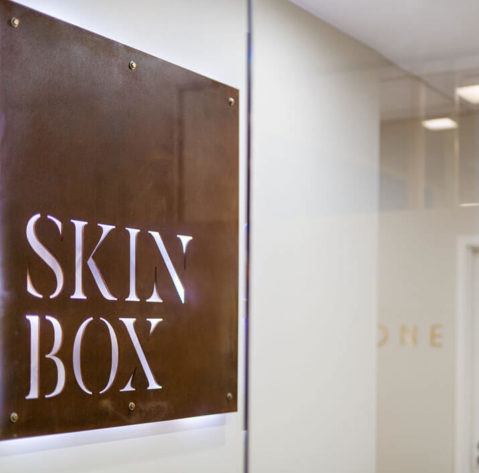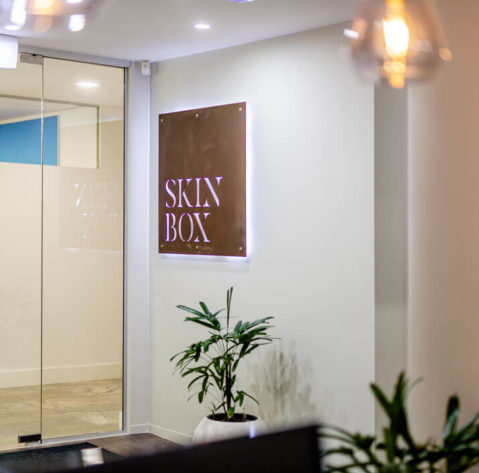Jaw
Within a few days, lasting 3-6 months.
from $740
Jaw clenching, teeth grinding or bruxism is a problem that afflicts a large percentage of individuals.
Treatment typically leads to relief from jaw pain, facial pain and headaches. You may also notice a softening in the outline of your lower face, resulting in a more oval-shaped, less angular jawline.
Up to 5-20% of adults and up to 30% of children in the age group of 5-6 suffer from nocturnal bruxism.
Tap into our medical expertise
We understand that the world of aesthetics and cosmetic treatments can be intimidating, that’s why our cosmetic doctors and qualified dermal therapists are here.
To share our medical knowledge.
To help you look and feel your best.
Aggravated by stress, nocturnal bruxism frequently runs in families.
People who clench their teeth during the day or at night mostly do so without knowing that they are doing it – they can’t help themselves. Those that only grind at night only know that they are doing it if they wake up with jaw soreness or if their dentist notices that they are wearing down their teeth.
Successful long-term treatment involves a multidisciplinary approach. At SkinBox we like to work in conjunction with your dentist/orthodontist, as well as specialist physiotherapists and psychologists when necessary. No single type of treatment has been proven to be entirely efficacious, but by tackling the issue from multiple approaches it is possible to tailor an individual solution that addresses your current symptoms but also safeguards the teeth and jaw joint (TMJ) in the longer term.
Why does it matter if I grind my teeth?
Bruxism can result in headaches, earaches, facial pain, chipped or worn down teeth and chewed tissue on the inside of the mouth. Chronic grinding will often lead to a visibly enlarged masseter muscle – the main muscle that is used for chewing. This is a muscle that is located at the angle of the jaw. Grinding builds this muscle and makes it stronger, like lifting weights does for the biceps. The stronger the muscle gets, the more damage clenching causes to the teeth. Headaches and facial pain also tend to get worse with time, and overactive, enlarged masseters can give a square, masculine appearance to the lower face. There are 3 other accessory muscles on each side that are also used to clench the jaw together and move it from side to side. Not all patients need each muscle treated and so an individualised plan will be made at your initial consultation.
Weakening the masseter muscle can improve the pain and discomfort caused by chronic bruxism.
The medical aspect of bruxism treatment involves reducing the power of the masseter muscle on either side of the face, usually with additional treatment to the temporalis, lateral pterygoid or medial pterygoid muscles depending upon clinical need. Results start within a few days after treatment and last for 3-6 months, but are most successful when combined with other modalities of care.
Initially, patients may be advised to return within a shorter period of time for reassessment and maintenance treatment. The dose intervals often become prolonged with repeated treatments. Occasionally, the cycle of bruxism can be broken after a few treatments and ongoing treatment is not always necessary. At your first consultation a treatment plan will be established based on your individual case and needs.
This treatment can also be used to slim the lower face and sculpt the jawline in patients with genetically large masseter muscles.
